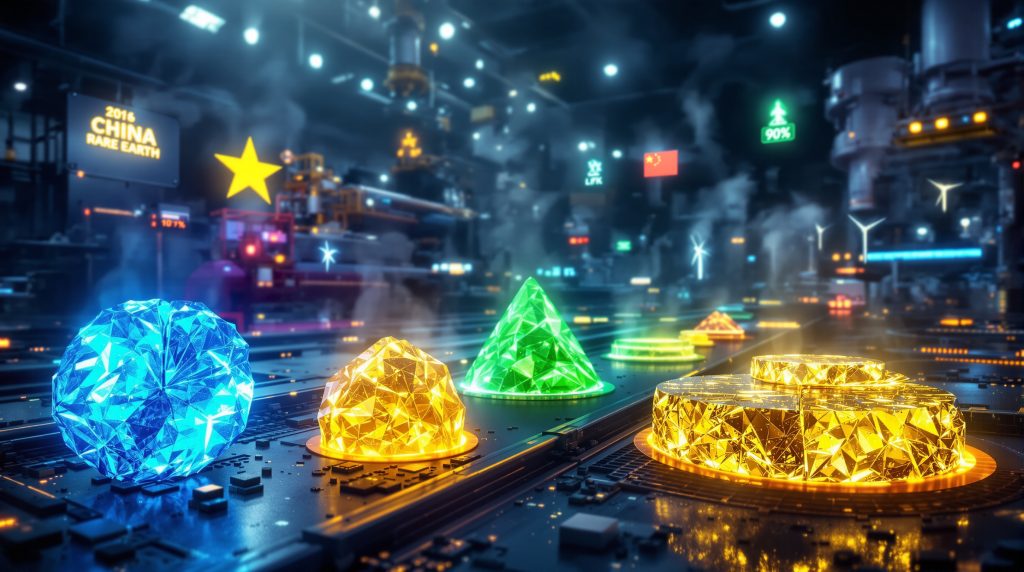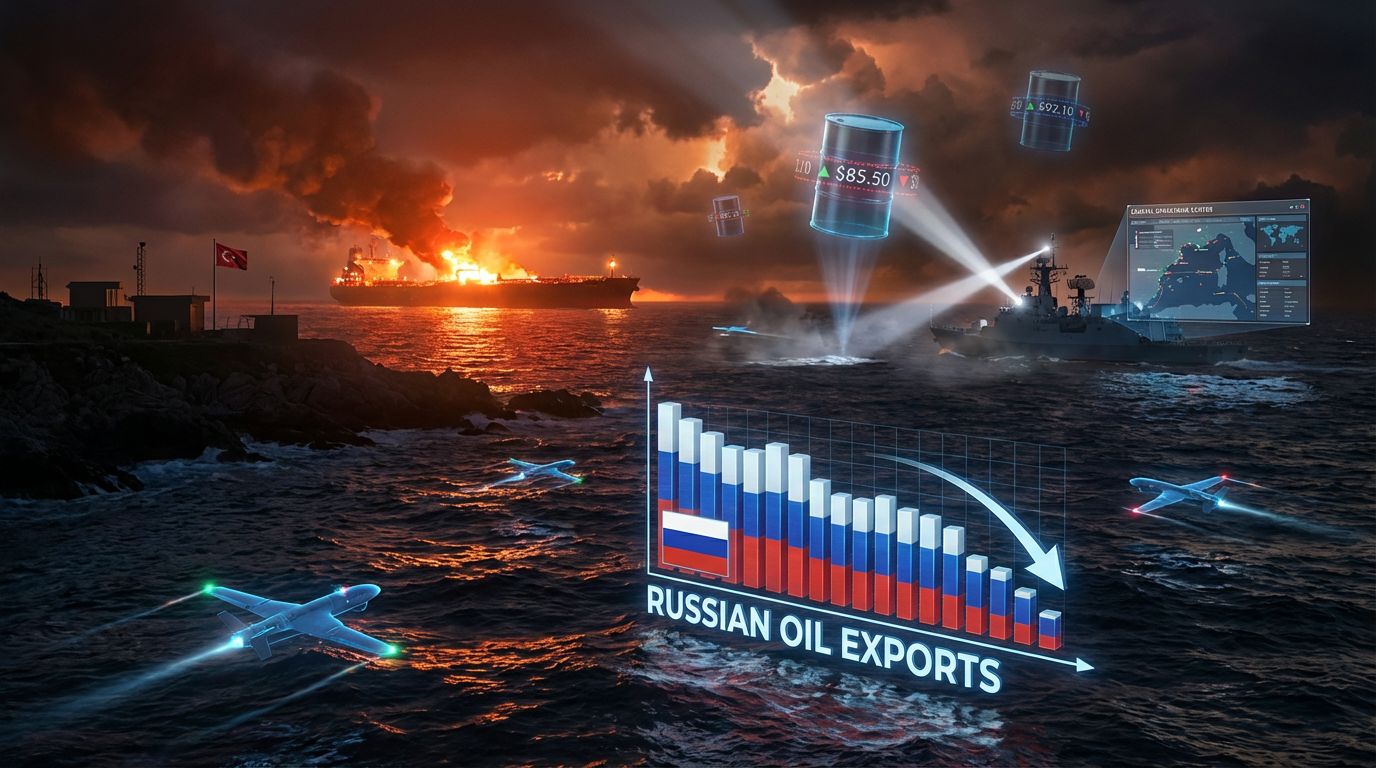What Are China's Rare Earth Export Controls and Why Are They Significant?
China's rare earth export controls represent a significant shift in global supply chain dynamics, underscored by the challenges of china rare earth export controls. These measures affect technology, defence, and manufacturing sectors worldwide. Furthermore, they illustrate how vital access to essential materials is to maintaining critical minerals energy security.
As new restrictions come into force, global markets experience ripple effects that extend to pricing, production, and international diplomacy. Moreover, companies have had to adapt rapidly to evolving regulatory standards. In addition, governments are reassessing strategic supply chains to reduce over-dependence on restricted materials.
How Have China's Rare Earth Policies Changed in 2025?
In October 2025, China expanded export controls to include more advanced processing technologies and a broader range of rare earth products. This tightening represents a shift from previous quantity-based quotas to technology-focused restrictions that further entrench China's dominant market position.
The update specifically targets defence and semiconductor sectors abroad. For instance, restrictions now impact manufacturers using key components, contributing significantly to the US-China trade war impact. Consequently, companies face new compliance challenges and potential delays.
Earlier announcements in April 2025 had already triggered global supply shortages. However, subsequent diplomatic agreements did little to stabilise the market. As a result, ongoing uncertainty forces businesses to invest heavily in risk management and diversification strategies.
What Materials and Technologies Fall Under China's New Restrictions?
The October 2025 controls now cover a broad spectrum of materials, components, and technologies associated with rare earth elements. All 17 elements require export licences, including those essential for electric vehicles, jet turbines, and radar systems.
In addition, specific rare earth magnet types such as neodymium-iron-boron (NdFeB) and samarium-cobalt (SmCo) see heightened scrutiny. Manufacturers are also required to obtain export permits for recycling equipment. This move further complicates initiatives aimed at establishing defense-critical materials strategy.
A recent report from Mining Weekly emphasised that recycling technology faces similar restrictions, signalling renewed challenges for industries exploring sustainable alternatives.
Who Is Affected by China's Latest Export Controls?
The impact of these export restrictions varies by industry, with the defence and semiconductor sectors facing the most severe constraints. Overseas defence users now confront a blanket licence prohibition. As a result, military contractors must reformulate supply chains for critical components urgently.
Major technology companies have responded with caution. For example, chipmakers and defence suppliers are now reviewing their sourcing strategies. Furthermore, geopolitical tensions—exacerbated by the Trump's critical minerals order—have prompted nations to reconsider their reliance on Chinese expertise.
This regulatory shift complicates cross-border collaborations, as Chinese companies require Ministry of Commerce permission when partnering with overseas firms. Thus, global supply chain resilience is being redefined.
How Does China's Rare Earth Dominance Affect Global Supply Chains?
China’s overwhelming market control allows it to exert extraordinary leverage over global technology and defence supply chains. The country now processes over 90% of the world's refined rare earths and magnets. This dominance underpins its strategic advantages and has global repercussions.
Moreover, the sheer scale of processing capacity ensures that even minor changes in policy can create widespread supply disruptions. Manufacturers worldwide must now apply for export licences even if they use only a small amount of Chinese components in their production lines.
Furthermore, recent china export measures have added layers of complexity to international trade agreements and compliance requirements.
How Have Export Controls Resulted in Global Shortages and Diplomatic Strain?
The initial tightening of regulations in April 2025 led immediately to global supply shortages. Although later agreements with Europe and the US alleviated supply constraints partially, challenges persist. High-tech manufacturers struggle to secure critical components while experiencing heightened price volatility.
Defence contractors face even stricter conditions due to a complete licence ban for rare earth materials. Consequently, global supply chains remain leant towards uncertainty, further stressing international diplomatic ties. This situation continues to fuel market instability and geopolitical tensions.
What Are the Strategic and Security Drivers Behind Beijing's Moves?
China’s refined export controls serve both economic and strategic purposes. These restrictions are not merely about resource management, but also about asserting geopolitical influence. For instance, the timing of the October 2025 measures, introduced just before the Trump-Xi summit, illustrates a calculated move to enhance bargaining power.
The controls act as a subtle yet potent tool in trade negotiations. They have also been framed as necessary for safeguarding intellectual property and advanced processing techniques. In doing so, China reinforces its stance as a global technology leader while pushing back against perceived external threats.
How Do These Moves Affect Global Technology and Defence Industries?
For semiconductor manufacturers, the controls mean navigating rigorous case-by-case licensing processes. This introduces delays and uncertainty in securing essential materials. Moreover, the blanket prohibition for defence applications disrupts the supply chains for guidance systems and radar technologies crucial for military operations.
Companies have had to rethink and redesign several product lines in response. Additionally, collaborative R&D efforts involving Chinese firms are now subject to strict governmental oversight. This further isolates Western technology companies, driving them to invest in alternative resources and innovation.
How Are Global Supply Chains Adapting to These Restrictions?
Faced with persistent uncertainty, global industries have begun exploring multiple strategies to manage risk. Companies are diversifying their supply chains and investing in domestic sources of rare earth materials. In parallel, technological innovation is being pursued to create substitutes that can meet performance criteria.
Efforts include:
- Expanding indigenous mining and processing capabilities, as seen with Australia's strategic reserve.
- Increasing research into material substitutes for NdFeB and SmCo magnets.
- Developing recycling initiatives and innovative urban mining approaches.
Furthermore, governments are providing financial incentives and regulatory support to generate a more robust, self-reliant rare earth supply chain.
What Licensing Processes Are Required Under the New Controls?
Under the revised export control framework, companies must navigate a multi-tiered licensing process. The Ministry of Commerce requires detailed documentation, especially for defence and semiconductor sectors. This process often involves case-by-case evaluations, particularly when the end-use of materials is ambiguous.
Overseas manufacturers using any Chinese components also now face additional compliance measures. Consequently, they must conduct thorough audits of their production lines, ensuring that even minor Chinese technology is licensed appropriately. This situation underscores a major shift in administrative complexity.
Moreover, companies are exploring alternative sources to circumvent potential delays. This is part of a broader trend where enhanced due diligence is becoming standard practice across multiple sectors.
Are Alternative Supply Sources or Substitutes Emerging?
The search for alternatives to Chinese rare earth supplies has accelerated significantly. Mining projects in Australia, the US, and Canada are in various stages of development. However, building a complete rare earth production chain is a challenging, long-term task.
In addition, recycling initiatives and research into substitute materials are gaining traction, albeit slowly. For instance, efforts to improve urban mining techniques are underway, enabling a degree of domestic production. Notably, findings from a economic impact analysis suggest that these alternatives could gradually stabilise supply over the next decade.
What Are the Implications for Policy, Markets, and Innovation?
China rare earth export controls continue to reshape global markets, prompting a re-evaluation of supply chain dependencies that now has profound implications for policy and innovation. The immediate impact is visible in significant price volatility and investment uncertainty across multiple critical sectors.
Moreover, to counteract these disruptions, numerous countries are accelerating efforts to:
- Develop indigenous supply chains
- Invest in technology innovation
- Enhance recycling capacities
This strategic pivot not only aims to secure materials but also to drive progress in substitute technologies, thereby shaping a new era in materials science and global trade.
How Might China's Export Controls Reshape the Rare Earth Market?
Short-term impacts include delays in licensing approval and pronounced price volatility in key markets. Over the long term, however, countries are pushing for greater investment in both mining and processing technologies outside China. Manufacturers are increasingly focused on developing technologies that lower reliance on rare earth elements.
Furthermore, government-backed initiatives and partnerships are emerging as crucial for bolstering domestic resources. Such measures reflect a significant shift in how global supply chains and international trade negotiations are conducted, potentially altering the future landscape of high-tech industries.
Want to Invest in the Next Big Mineral Discovery?
Discovery Alert's proprietary Discovery IQ model delivers instant notifications about significant ASX mineral discoveries, helping you stay ahead of market movements during uncertain times like the rare earth export crisis. Explore why major discoveries can lead to substantial returns by visiting the Discovery Alert discoveries page and start your 30-day free trial today.




